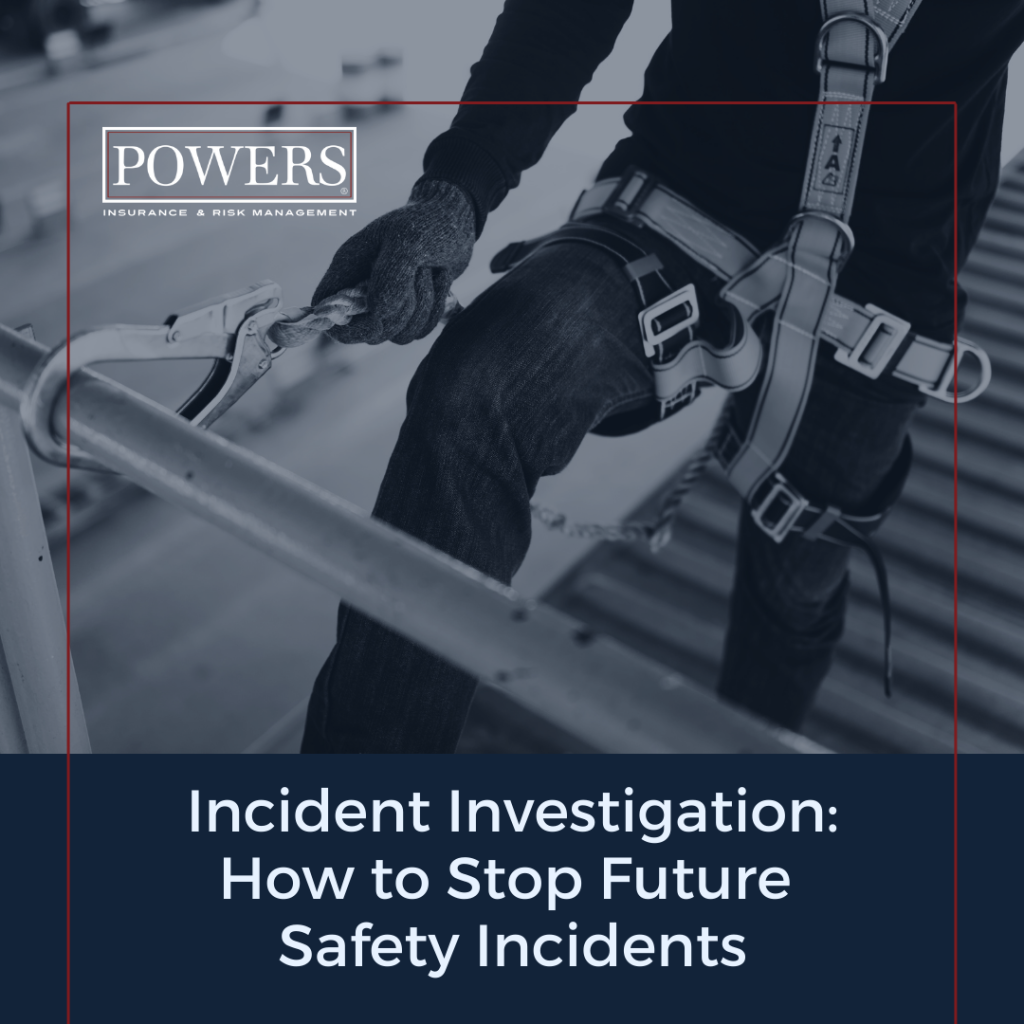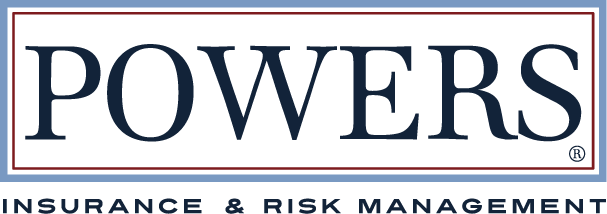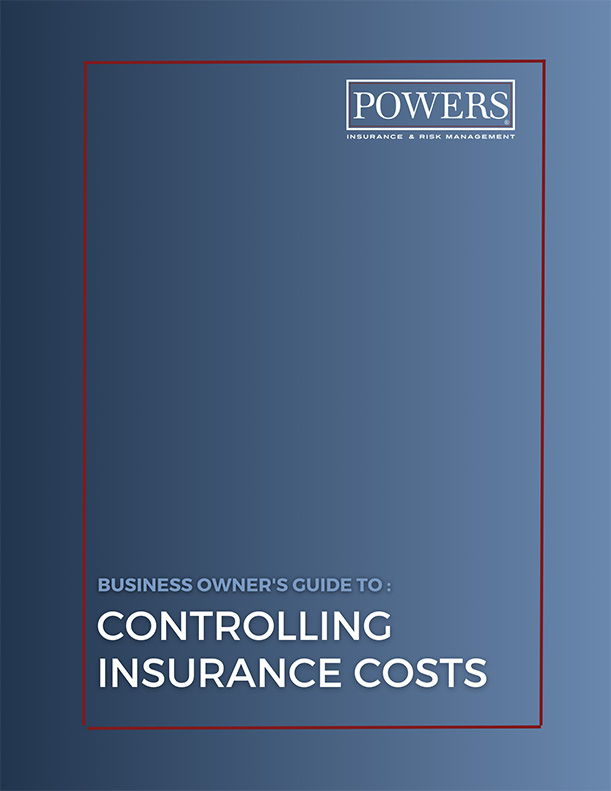This post is part of our series, The Ultimate Workplace Safety Guide. Check out our related posts:
- Why Workplace Safety is Important: Every Business Needs a Program
- How to Build a Safety Culture (or Make Yours Even Better)
- How to Identify Hazards with a Risk Assessment Framework
- Safety Program Development: How to Create and Implement Policies
- Incident Investigation: How to Stop Future Safety Incidents
- Safety KPIs to Track for Continuous Improvement
- Top Safety Policies and Procedures for Any Business
Most businesses experience claims and incidents at some point. If an accident happens, the most important thing is to understand what happened so you can take steps to prevent it next time.

How do you do that? By encouraging incident reporting and investigating each incident.
Establishing an incident reporting system
It’s no easy task to get employees to report incidents. If there are roadblocks to reporting or if employees think there could be negative consequences, they will be less likely to report incidents.
That’s why it’s important to create a thoughtful reporting process and communicate your intentions to employees. Emphasize that the point of incident reporting is not to place blame, but to address any fallout and prevent similar future incidents.
Our best advice for successful incident reporting:
- Document processes for reporting incidents, near misses, and identified hazards. Employees should know you expect them to report accidents, but also situations that could result in future accidents.
- Make reporting accessible by providing multiple channels, such as online, paper forms, or face-to-face discussions with a safety representative.
- Give clear timeline expectations and emphasize the importance of timely reporting.
- Let employees know that reporting can be confidential if they wish.
You can find a lot of sample reporting policies and incident report forms online. Find the ones that seem to fit the business’s needs and don’t forget to customize them if needed.
Incident investigation process
When an incident happens, a quick investigation is paramount. That’s why it’s important to have your investigation process documented and ready to go when you need it.
Incident investigation pro tips:
- Designate a person or team responsible for investigating reported workplace incidents.
- Provide formal training and resources on evidence collection and witness interviews.
- Emphasize that the investigation should be conducted as soon as possible, before the incident scene is disturbed or witnesses forget what happened.
- Thoroughly document the chain of events leading to the accident. A small detail could become important later.
Find an investigation report template online that seems to fit your organization, and then tailor it as needed. Using a standardized format will help you make sure all the bases are covered.
Corrective action: Fixing the root cause
Your investigation should focus on root cause analysis. That means digging beyond the surface-level cause of an incident to identify if and when your safety program failed. Because in one way or another, your program likely did fail.
For example, the obvious cause of an incident might be that an employee came into contact with a live wire. It’s up to leadership to ask questions like Why wasn’t the wire capped or marked? and Why didn’t the employee test the wire with a multimeter before starting work?
Some common causal factors in workplace safety incidents:
- Safety policies are not clearly communicated
- Company policies are not consistently enforced
- Training is inadequate
- Company culture normalizes fatigue or distraction
- Safety equipment and PPE are not adequate or conveniently located
Identifying the root cause, not punishing an individual employee, will help prevent similar incidents in the future.
Follow-up: After the investigation
An incident investigation will give you valuable information. To put that info to good use, communicate your findings and subsequent changes to all stakeholders, including employees. Turn an unfortunate incident into an opportunity to learn and teach.
Reporting and investigation FAQs
When is corrective action appropriate?
While accident investigations should focus on root cause identification, corrective measures may also be appropriate if an employee willfully disregards a safety policy or puts another employee in danger.
If there are no consequences for knowingly breaking a policy, the policy will lose its power. Make sure employees know what will happen in these cases. Here’s an example corrective action plan:
- Initial written warning
- First write-up with mandatory training
- Second write-up and suspension
- Third write-up and termination
If an employee knows how to work safely but refuses to do so, they’re endangering their colleagues and your company.





